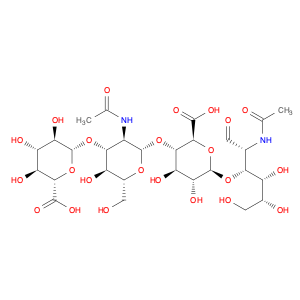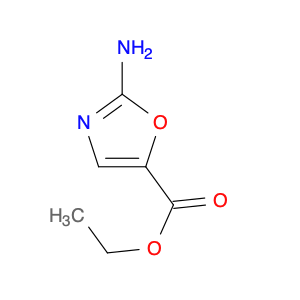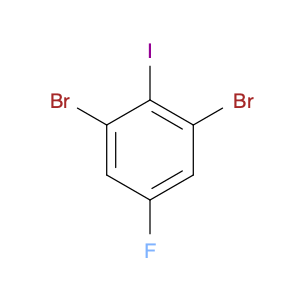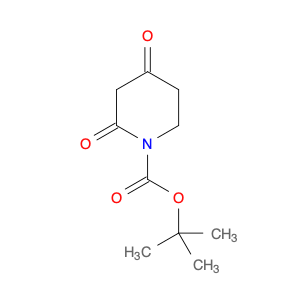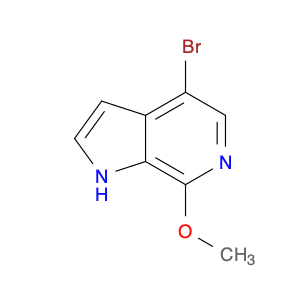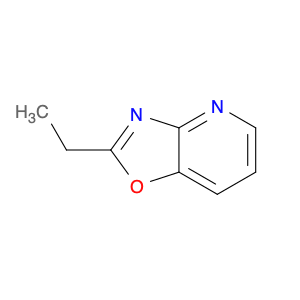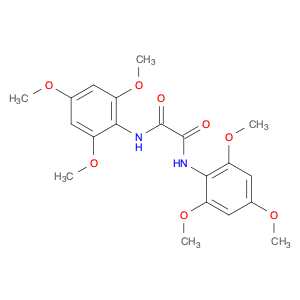Hyaluronate Tetrasaccharide, a potent and versatile molecule, has found significant application in chemical synthesis as a crucial building block in various processes. Its unique structure and properties make it an indispensable component in the creation of advanced materials, pharmaceuticals, and cosmetic formulations. One of the key applications of Hyaluronate Tetrasaccharide in chemical synthesis is its role as a bioactive scaffold for designing novel drug delivery systems. By incorporating this molecule into drug carriers, researchers can improve the stability and efficacy of therapeutic agents, leading to enhanced targeted delivery and reduced side effects. Furthermore, Hyaluronate Tetrasaccharide's ability to mimic the extracellular matrix of tissues makes it ideal for tissue regeneration and wound healing applications. Its biocompatibility and biodegradability promote cell adhesion and proliferation, making it a promising candidate for tissue engineering and regenerative medicine.In the field of polymer chemistry, Hyaluronate Tetrasaccharide serves as a valuable building block for designing biocompatible and biodegradable polymers. By modifying its structure, scientists can tailor the properties of polymers for specific applications such as drug delivery, scaffolds for tissue engineering, and medical implants.Overall, the versatile nature of Hyaluronate Tetrasaccharide offers endless possibilities in chemical synthesis, paving the way for innovative solutions in drug delivery, regenerative medicine, and materials science.
 sales@aaronchem.com
sales@aaronchem.com
